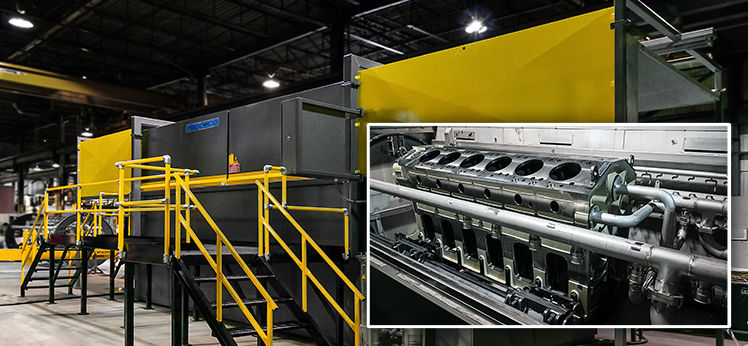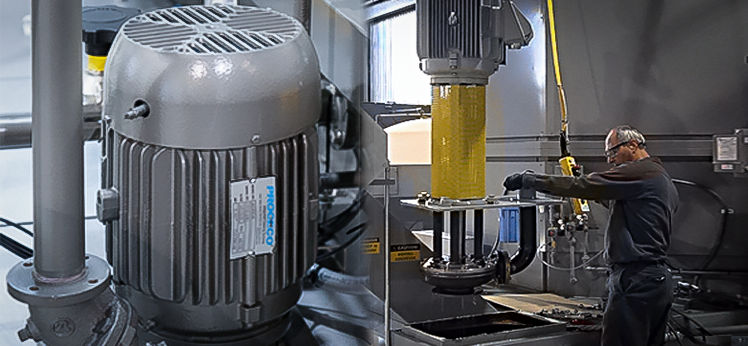Today’s global supply chain crisis is unprecedented in our lifetime. Affected for almost two years by the pandemic and by geopolitical tensions at the beginning of 2022, the logistics industry has largely adapted. However, volatility still prevails, and it would seem there is no logical end in sight.
A PERFECT STORM: HOW THE SUPPLY CHAIN CRISIS IS AFFECTING SMES
Here are a few of the ways the supply chain crisis affects small and medium-sized enterprises.
1. HIGHER PRICES FOR GOODS
The pandemic shut down factories across the globe and cut off entire regions from regular shipping routes. Manufacturers were forced to identify new suppliers or cease production of certain goods altogether. Political unrest, dock and warehouse staffing challenges, and container shortages drove shipping costs higher, as did rising fuel prices, tariffs, sanctions, and embargoes, all of which contributed to a higher cost of doing business and, therefore, higher prices.
2. SMALLER QUANTITIES OF GOODS AVAILABLE
Certain goods have become increasingly difficult to procure due to high demand and decreased production volumes. Factories dealing with reduced staff and limited raw materials still struggle to keep up.
3. LONGER LEAD TIMES
Lead times from some regions have increased exponentially, especially in Asia. Any item with a microchip, for example, quadrupled standard lead times, but that’s just one example. As capacity becomes more competitive, many goods are being left on the dock in favor of goods that provide bigger profits for the shipper.
4. UNRELIABLE DELIVERY DATES
Many businesses now plan to accommodate longer lead times, but reliability remains unpredictable. Distributors provide commitments based on factory ship dates, but port disruptions and truck driver shortages result in further delays.
WHAT IS CAUSING THE SUPPLY CHAIN CRISIS?
Many variables contribute to the global supply chain crisis. Most significantly, perhaps, is the COVID pandemic, which caused a seismic shift in consumer behavior. Throughout 2020/21, we quickly went from a service-driven economy to a goods-driven economy, increasing demand for online access to almost everything, including groceries, cars, and more.
Even as businesses shut down and people were forced to work from home, government stimulus money fueled spending, resulting in increased demand for same-day and last-mile logistics.
Reduced factory output is also a critical factor in the supply chain crisis during the pandemic. Many companies were forced to shut down, and production has not returned to pre-Covid levels, resulting in low availability, high demand, and inflation. Now, with an economic recession looming, many factories have reduced inventory to mitigate the impact of reduced spending.
Labor continues to be at a premium in every sector, though many logistics companies have turned to automation and robotics to fill the gaps. Those that had already completed digital transformation were better positioned to capture the market, while digital laggards likely did not survive. Automation enables SMEs to automate physical processes and gain visibility into their operations, helping them do more with fewer people, reduce costs, and drive efficiency and agility.
GLOBAL SHIPPING AND PORT DELAYS
International ocean shipping has historically been a series of well-organized events moving cargo between countries for a relatively low cost. Today, the combined lack of containers in seaports, higher fuel costs, and port worker labor shortages have backlogged the entire system. Container ships sit at anchor, sometimes for weeks, waiting to unload and load up again.
In some cases, containers are held without cargo as not all countries have increased their exports, resulting in an imbalance of container inventories.
Domestic and International truck driver shortages continue to be a challenge. In 2021 there was a shortfall of 96,000 drivers. By the end of 2022, the American Trucking Association expects that number to increase to 240,000. Considering these alarming projections, the industry must think out of the box to attract and retain drivers or find alternate methods to move cargo over land autonomously.
HOW CLIMATE CHANGE IMPACTS GLOBAL LOGISTICS
Unpredictable and extreme weather conditions are wreaking havoc on our already fragile supply chain. Ships will not leave port if unstable weather is forecast, causing weeks of delivery time delays, long queues at port destinations, and a ripple effect that resonates down the supply chain.
Hurricanes, flooding, snowstorms, and fire also affect overland shipping routes, all attributable to the state of our global climate today. These conditions will continue to affect the supply chain well into the future.
LOOKING AHEAD: WHAT CAN SMES DO?
While returning to “normal” is not in the cards, the current crisis has brought solutions and accelerated timelines to wider adoption. Automation, decentralization, and integration of bidding and warehouse management platforms have helped matters considerably.
Here are a few tips to help SMEs address the supply chain crisis.
1. DIVERSIFY PRODUCT SELECTION AND SUPPLIER POOL
Companies must identify alternative options for manufacturing and raw materials. Switching from offshore to domestic sources is a more reliable alternative.
2. NEGOTIATE WITH SUPPLIERS TO HOLD MORE INVENTORY
Nurture supplier relationships to ensure an adequate supply of critical items, parts, and raw materials. Purchasing in bulk may also provide cost benefits.
3. PRIORITIZE ADVANCE PLANNING
Build longer lead times into your estimates to avoid delays and customer service issues. Choosing the right shipping method based on urgency may increase costs but will reduce delays in other aspects of your business.
4. LEVERAGE DATA FOR BETTER PLANNING
Digitization offers many benefits, including the ability to forecast trends with greater accuracy. Better visibility helps SMEs plan more efficiently, resulting in higher profits, lower costs, and more control.
5. MANAGE CUSTOMER EXPECTATIONS
Transparency is essential to ensuring customer satisfaction. Amid the current supply chain crisis, SMEs achieve loyalty and higher approval ratings when they don’t overpromise and under deliver.



